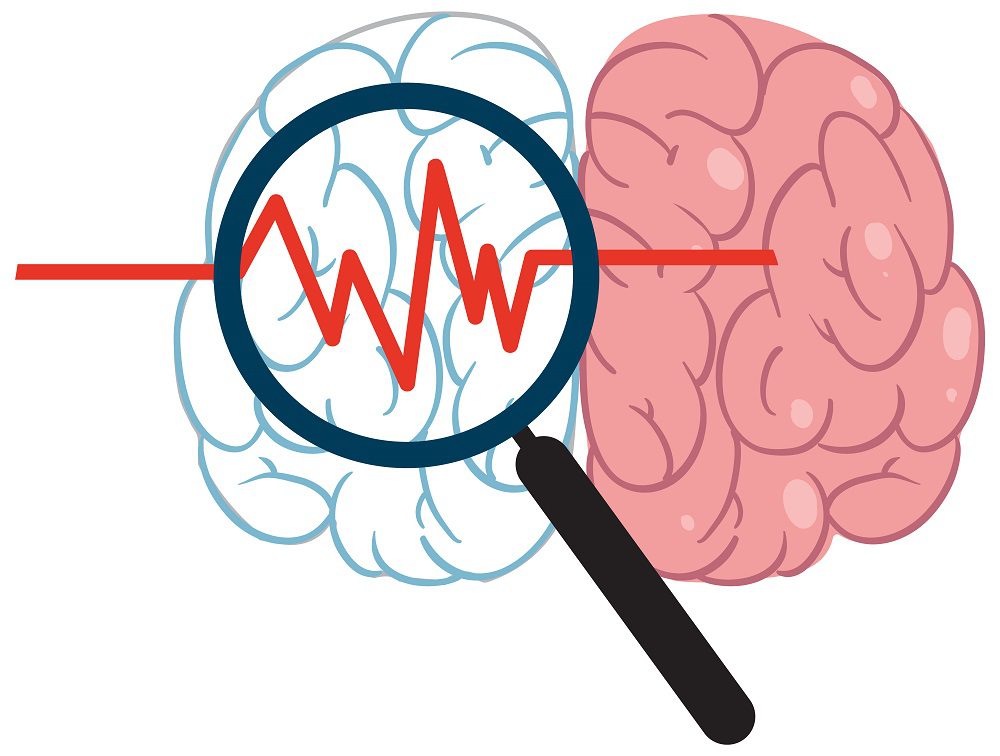Peripheral neuropathy is a common problem in patients with Parkinson’s disease. Peripheral neuropathy’s prevalence in Parkinson’s disease varies between 4.8-55% compared with 9% in the general population. It stays unclear whether peripheral neuropathy leads to decreased motor performance in Parkinson’s disease, resulting in poor mobility and increased balance deficits.
Peripheral neuropathy’s major indications are postural instability, loss of peripheral sensation, weakness, and pain. It can be classified into large fibre neuropathy and small fibre neuropathy. Peripheral neuropathy was initially considered only in rare genetic forms of Parkinson’s disease, but a substantial number of Parkinson’s disease patients have indicated peripheral neuropathy in case series as well as in multicentric studies. Peripheral neuropathy is common in Parkinson’s disease and impacts gait and balance parameters.















